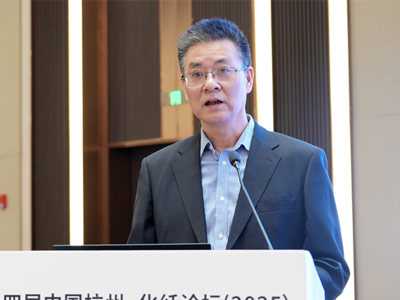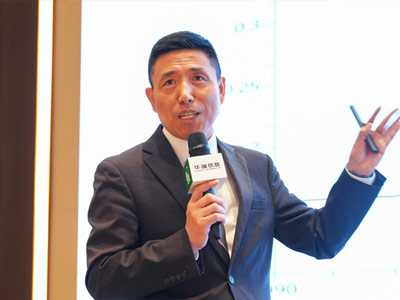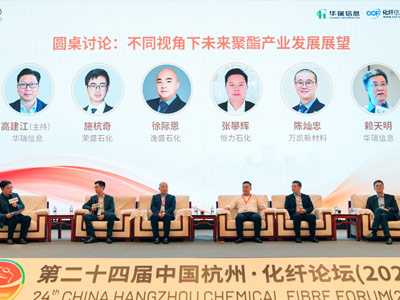Round-table discussion: polyester industry development forecast from different perspectives
——CCFGroup (Gao Jianjiang)...
QQ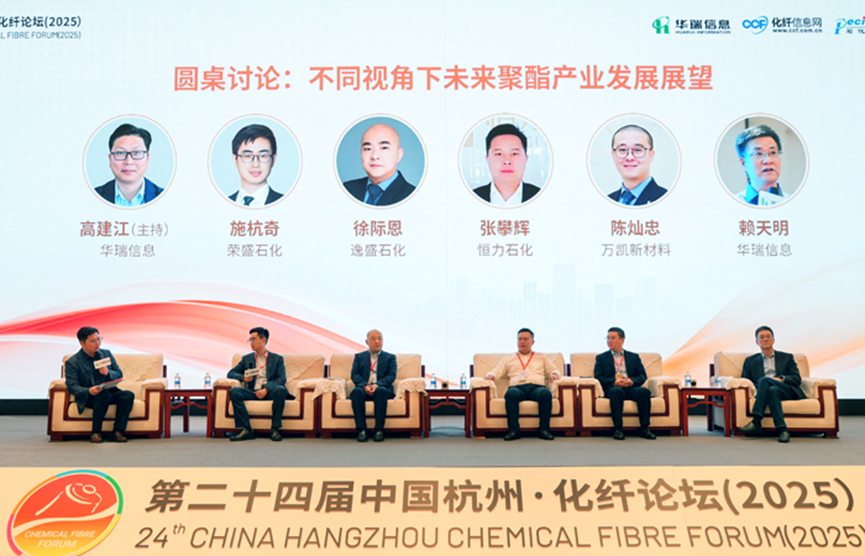
Q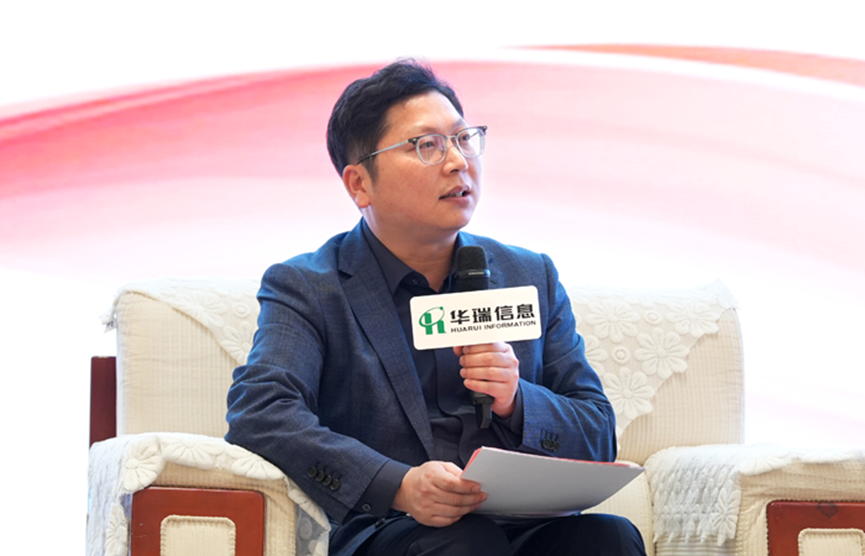
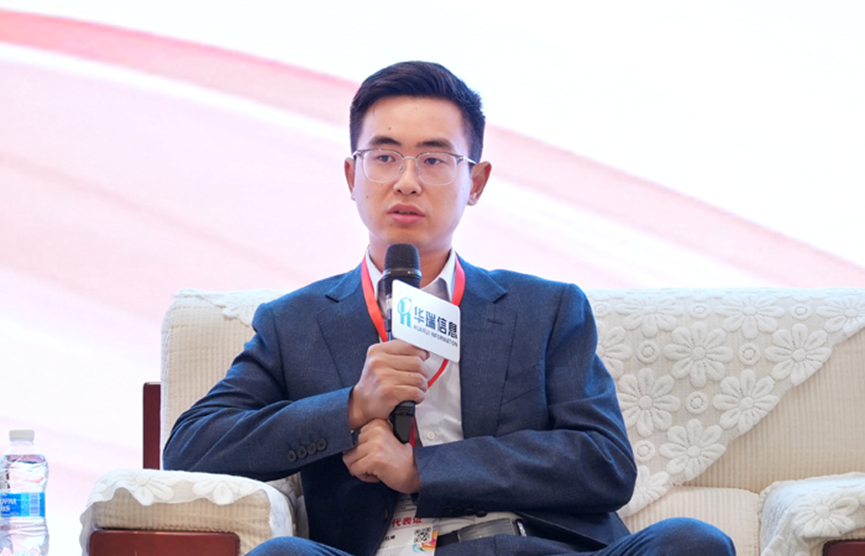
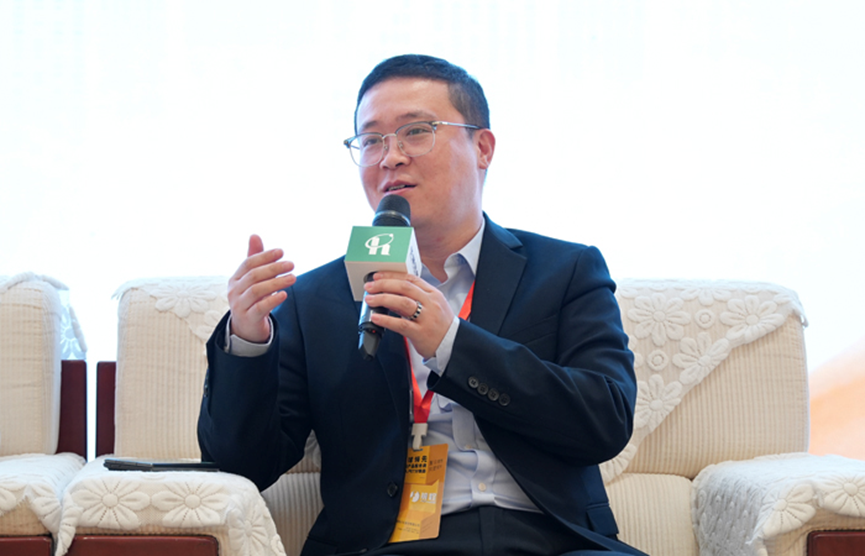
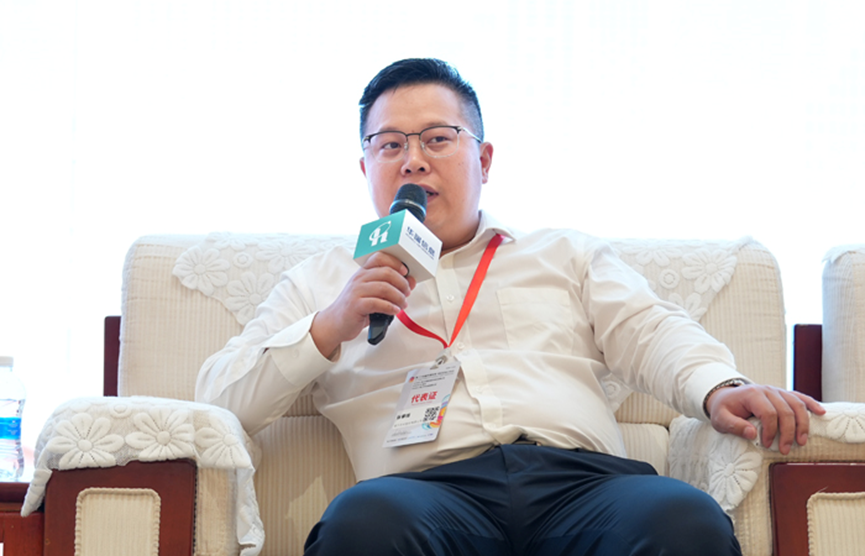
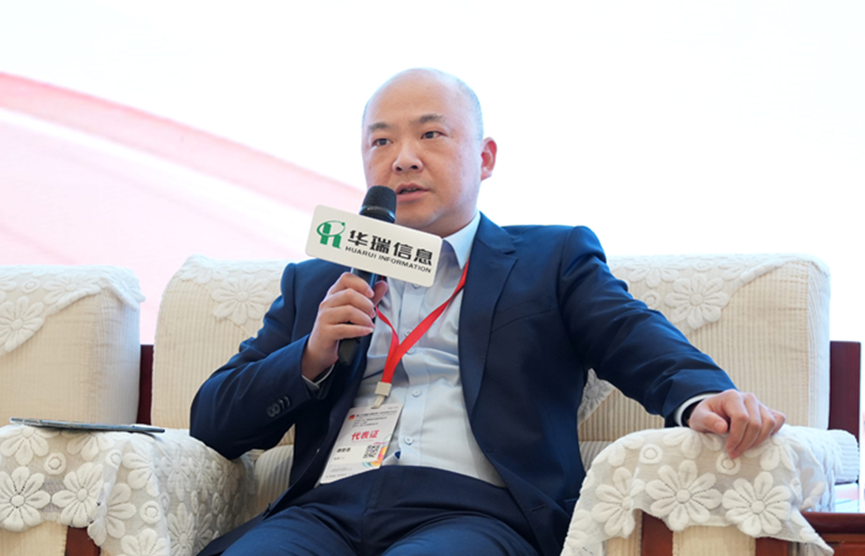
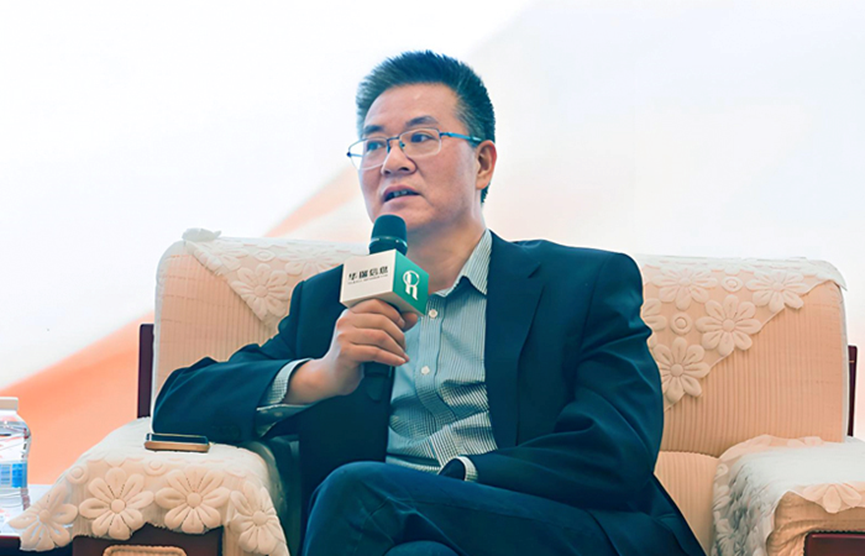
Q1: CCFGroup (Gao Jianjiang): In recent years, the proportion of domestic new energy vehicles has rapidly increased, indicating a clear peak in demand for refined oil products. Additionally, the rise of private large-scale refining has resulted in an oversupply of domestic refining capacity. Given this context, will it lead to a shift of aromatic products from oil pools to more chemical products, resulting in actual output of aromatics, even PX, being higher than expected?
Rongsheng Petrochemical (Shi Hangqi): The peak in refined oil may come earlier than expected in the past two years, significantly impacting the chemical industry, especially on aromatics. In the second half of the year, the domestic demand for refined oil is weak, causing aromatics to shift back to the chemical sector, with high PX operating rate. In the short term, refined oil has a large impact on aromatics; however, the strategy of reducing refined oil and increasing chemicals production is a bottleneck and cannot be sustained indefinitely. This will have a significant impact on chemical products, and it is still necessary to eliminate outdated refining capacity, such as smaller standalone units.
Q2: CCFGroup (Gao Jianjiang): This year, the floating price of PX remains at a large discount, especially against the backdrop of destocking. What factors have led to this situation?
Rongsheng Petrochemical (Shi Hangqi): There are two main reasons. 1. The high operating rate of aromatics at the end of last year led to high PX inventories and PTA accumulation. During the Spring Festival, the downstream operating rate was low, resulting in slow destocking, which means that Q1 inventories were not consumed until Q2. 2. The pricing of long-term contracts limits PTA factories from accepting small discount spot prices.
Q3. CCFGroup (Gao Jianjiang): In the first half of last year, the PX-N price fluctuated above 300 USD, reaching a yearly high of 380 USD in June. However, it rapidly fell to a three-year low in the third quarter, briefly dropping below 180 USD, with an annual average of around 288 USD. By the first quarter of 2025, the PX-N price difference is expected to be just over 200 USD. What is your estimate for this year's actual production growth rate of PX, and will it match the growth rate of downstream demand?
Rongsheng Petrochemical (Shi Hangqi): At that time, most units were operating at a loss; this year, there has been a rebound in Q1. The process of destocking will take time, and many factories are undergoing maintenance, leading to slightly faster destocking. The PX-N is in a forward premium state, and the situation of upstream PX matching with polyester is crucial. Polyester production should match with a 6% capacity increase; the domestic operating rate also needs to increase by another 4%, and imports need to rise as well. The key factor is whether the growth in downstream polyester demand can be achieved; if the capacity growth can be realized, upstream production can then be aligned accordingly.
Q4. CCFGroup (Gao Jianjiang): Since the start of this round of industrial chain integration in 2019, the production costs of polyester chain products have significantly decreased. For example, the price of PXN has been compressed from US$450 in 2018 to US$290 last year, and the PTA processing spread has narrowed from around US$1000 to US$350. The upstream products have given up profit margins, notably enhancing the price competitiveness of polyester products, with low prices stimulating demand and driving steady growth in polyester production over the past few years. Therefore, I would like to ask whether, as the market gradually develops, the benefits brought by this industrial revolution are nearing their end. Is there still room for new cost reductions in the future? (For example, the proportion of polyester fibers in the entire textile fiber market has increased from 65% in 2018 to 71% in 2024.)
Yisheng Petrochemical (Xu Jien): The progress in PTA technology has evolved from imported equipment in 2002-2003 to scale expansions by 2010 and energy recovery and energy-saving upgrades in the past two years. The advantages are several generations behind foreign facilities; for instance, South Korea's technology is comparable to China's facilities from the 1990s. Taiwan China's technology is similar to China's facilities from 2008-2009. Domestically, we are quite competitive. Three years ago, the newly added capacity had a cost advantage with technological advancements of over US$100; however, the rapid upgrade of facilities means those advantages are quickly consumed. Continually digging for potential in existing facilities does not fundamentally solve the problem, which primarily lies in the growth of demand.
Q5. CCFgroup (Gao Jianjiang): With the commissioning of new facilities by Xinfengming, Sanfame and Shenghong, the self-sufficiency rate of PTA in East China has significantly improved. For instance, a rough estimate suggests that by 2025, the theoretical shortfall in Zhejiang will nearly balance out, and Jiangsu's shortfall will only be around 7 million. For plants in Northeast China, South China, and even the West that need to transport products to East China for sale, the impact may be even greater. How should these plants respond going forward?
Yisheng Petrochemical (Xu Jien): The core issue is the growth of demand. If there is consistent annual growth (around 6%), it will not be a problem; however, if growth is stagnant or very low, the capacity will be relatively surplus. Many plants are self-sufficient, and with transportation costs and other factors, materials will become excessive. If processing fees exceed US$600, we will face challenges. Regional situations will gradually become more pronounced, with local transportation costs being lower. The solution is to continuously work with downstream partners to economize wherever possible, including saving on packaging, logistics and so forth.
Q6. CCFgroup (Gao Jianjiang): I would like to ask the same question to General Zhang from Hengli and get your understanding on this matter.
Hengli Petrochemical (Zhang Panhui): Currently, the support in Liaoning and Hainan is still insufficient and not fast enough. We are not developing much right now; the focus is on pursuing high profits, and there are many instances of excessive production. The costs of shipping and storage are also quite high.
Q7. CCFgroup (Gao Jianjiang): With the increased saturation of PTA production in China, along with the shutdown of some PTA facilities overseas in recent years, the domestic PTA export volume has been rising. In 2024, the export volume reached around 4.4 million tons. How do you view the future of the overseas market? What is the short-term outlook for PTA exports?
Hengli Petrochemical (Zhang Panhui): The export volume is increasing, and logistics primarily relied on containers in previous years. However, in recent years, shipping has seen significant fluctuations, such as with the Red Sea incident, and there are more bulk shipments recently, leading to substantial volume growth. Currently, the export situation has slightly changed, with advantages in increasing volumes. Each company has either distance or logistical advantages for exporting containers or bulk goods. The situation in regions such as Northeast Asia and Europe is relatively stable, and the overall competitiveness is strong. It is relatively easy to find companies in China that meet the specifications.
Q8. CCFgroup (Gao Jianjiang): In recent years, the prices of bulk commodities have been driven more by external factors than by fundamentals. The external drivers are complex and multidimensional, with rapid shifts in logic, presenting many challenges for enterprises. I would like to ask how you combine some financial tools to hedge and manage risks?
Hengli Petrochemical (Zhang Panhui): The number of financial tools is increasing, but the difficulty of hedging is also growing. Information technology and smart tools have become quite ubiquitous, and opportunities are short-lived without sustainability. From refining to polyester, opportunities arise in an instant, and while there are chances, we need to keep up the speed. The transaction time is not as lengthy as before.
Q9. CCFGroup (Gao Jianjiang): Currently, the concentration of capacity for PET bottle chip continues to rise, with the top four companies holding nearly 80% of the market share. What impacts will this industry consolidation have on market prices and innovation?
Wankai New Materials (Chen Chanzhong): High concentration among leading companies is bearish for the market. The processing spread is not very generous. Last year's futures prices rose, and with the introduction of options this year, the trading model has innovated, which will bring significant changes to the industry moving forward.
Q10. CCFGroup (Gao Jianjiang): Last year, China's export share of PET bottle chip exceeded 40%, but it faced challenges from capacity growth in many overseas countries and anti-dumping investigations in Europe and the U.S. How do you view the expansion potential in emerging markets (such as Africa and Latin America), and how can we overcome trade barriers?
Wankai New Materials (Chen Chanzhong): China has significant advantages in capacity, technology, equipment and cost of funds. When a region faces anti-dumping measures, it tends to be a temporary situation that will gradually correct itself (possibly within a few months), so it is not something to worry too much about; exports are still reaching new highs.
Q11. CCFGroup (Gao Jianjiang): There's a saying, "Life's fortune depends on the economic cycle," which refers to the fact that a person's major opportunities are limited and mostly come from economic cycles. I recall that in 2020, the price of PET bottle chip once fell below 5,000 yuan, and there was a scene in a town in North China where households were hoarding PET bottle chip. Our colleague, Mr. Charles Guo, who works with PET bottle chip, reported that there were over 100,000 tons hoarded in that town alone. Currently, aside from gold and non-ferrous metals, many other commodity prices have also fallen to historical low levels. With a little effort, PET bottle chip might also achieve prices in the 5,000s. Do you think there are cyclical investment opportunities from certain perspectives at present?
Wankai New Materials (Chen Chanzhong): There are definitely opportunities at absolute price levels. Currently, there is significant hoarding behavior, but it is not mainstream; this approach has a short lifecycle. We are primarily seeking stability rather than relying completely on hoarding.
Q12. CCFGroup (Gao Jianjiang): I would also like to leave this question to Mr. Lai. Mr. Lai entered the chemical fiber industry in the 1990s and has basically witnessed the polyester industry's journey from its inception to maturity. Considering several cycles in the industry and the economic cycle, Mr. Lai, could you analyze the current position of the industry within its cycle?
CCFGroup (Lai Tianming): The industry cycle generally takes about 6-8 years. Different factors influence the cycle, and they cannot be separated from the larger macroeconomic context. Domestic economic growth rates and the information industry somewhat support traditional manufacturing; however, they haven't completely offset the downturn. Growth is relying on replacement. Real estate sales are stabilizing, but GDP is still declining, and there are issues with local debt. Traditional manufacturing is still experiencing overcapacity and internal competition, which is unfavorable for investment. The demographic dividend for consumption has disappeared, and new technologies have not fully countered the negative impacts. Many companies are cutting salaries, and youth unemployment rates are high. Policy changes may occur in the future, but currently, there is no discernible turning point for a recovery in the larger cycle; it is still on a downward trend, and it will take time to validate this. To improve this stage, we face challenges such as declining population, trade friction and significant pressure from capacity. The time cycle may be extended, but we believe the market will eventually improve.
Q13. CCFGroup (Gao Jianjiang): Due to the delay in customs data, the export figures for January and February appear to be fairly good. However, in reality, after the Spring Festival, the order situation from physical enterprises seems relatively poor; it could even be described as the worst start to the year in recent years. Currently, the impact of U.S. tariffs is looming over exports, and it is likely to gradually manifest in the second quarter. I would like to ask Mr. Lai what the growth forecast for terminal demand this year based on CCFGroup. In the short term, how will the polyester polymerization rate trend in the second quarter?
CCFGroup (Lai Tianming): The growth rate of production is estimated using GDP and CPI. However, with the Trump tariffs, the rate may be adjusted down to 5.8%, which is still a short-term impact. In the future, as logistics improve, I estimate that a significant portion of the growth will be revised down, and I project it will be around 5.5-6%.
